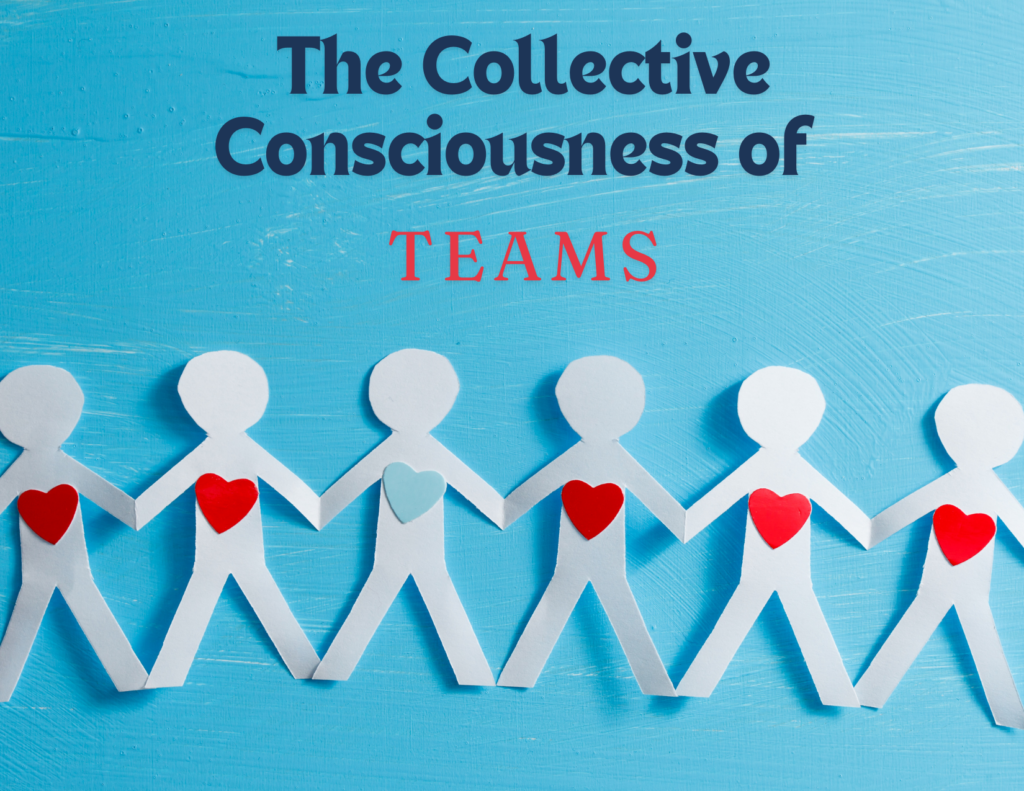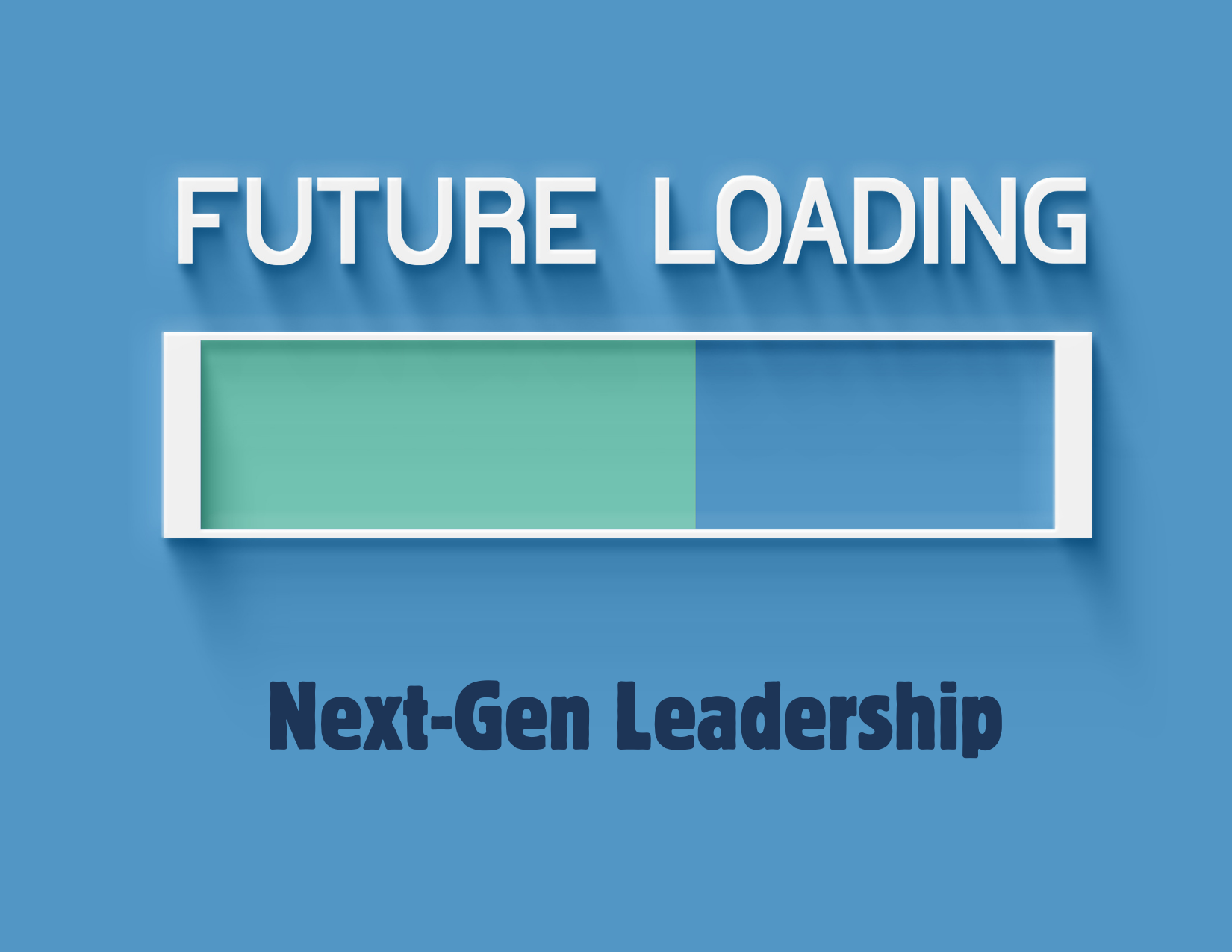Your Team is a Complex System
Your team is a biological, psychological, sociological, culturally anthropological, and philosophical system that exists and shifts in both space and time. Sit with that sentence for a minute and marvel at its complexity. As your organization’s or team’s leader, have you been schooled in all those fields? Probably not. You are most likely a subject matter expert in your chosen profession and have taken on increasing responsibility by managing a team, organizational unit, or organization due to your success over time.
So, what does this mean for you as a leader? It explains why leading can be so difficult and why decision-making can be complex. It also means that you cannot lead in isolation if you want to optimize the system with which you have been entrusted.
Over the years, my curiosity about creating a state of flow in teams has been piqued in all places on the softball field. Having a daughter who is a softball player has required me to spend many weekends and holidays at the break of dawn and the dead of the night watching games. Visually, watching a team as a system has been helpful to see what disrupts and ignites excellence. A question I have always pondered when watching a game is, what is required to assemble a best-in-class team?
Collective Consciousness
One of my college majors was sociology. During my studies, I was accepted into an honors program where I worked on research questions with an incredible professor—the work I did fed into my curiosity about people and society. Over time, I was introduced to many sociologists and social anthropologists like Margaret Mead, Stanley Milgram, and Émile Durkheim. Durkheim introduced the concept of “collective consciousness” in his 1893 book “The Division of Labor in Society.” In this book, he explores the concept of social solidarity and coins the term collective consciousness to describe what he terms mechanical solidarity. That which connects the individual to a group or a system. It is what drives us to say “we” and “us and them.” I will note that the social context of his work was much different than our current context, but the notion of collective consciousness has been sustained in the field of sociology.
Collective consciousness is the set of shared beliefs, values, and behaviors within a group. It enhances a team’s capabilities in service to its common goal. When everyone in a team clearly understands their common purpose, great things can be achieved. When team members share a collective consciousness, they become more empathetic and understanding of each other’s perspectives. They can better anticipate each other’s needs, leading to improved communication, support for each other, and problem-solving.
Creating Collective Consciousness
To build a team with a shared consciousness, it is essential to integrate several critical elements.
- A strong sense of purpose and shared goals are imperative. Every team member must clearly understand their roles, the collective objectives, and how their individual contributions propel the team towards success.
- Fostering an environment of trust and psychological safety is paramount. Team members should feel confident to take risks, make mistakes, and voice their opinions without fearing judgment.
- Transparent communication is key. Every individual should be kept in the loop about developments, expectations, and the collaborative efforts of the team.
- Nurturing a collective sense of identity and belonging is crucial. This is where team culture becomes instrumental. A robust team culture reinforces the values, beliefs, and behaviors that drive a shared consciousness.
How does a leader impact the collective consciousness of a team?
Leaders play a crucial role in shaping an organization’s culture, but creating meaningful change and impact requires more than just the leader’s effort. Traditional hierarchical structures are not as effective in today’s volatile and complex work environment. Modern leaders should act more like gardeners, empowering and guiding a team of teams. This adaptive leadership approach involves creating an environment where leaders recruit both unique and complementary talent, empower others within the organization, share information openly, communicate effectively, commit to check-in time, and recognize and celebrate successes.








2 Responses
Truly a well-written piece, you’ve covered all the bases.
Thank you very much, Abby.